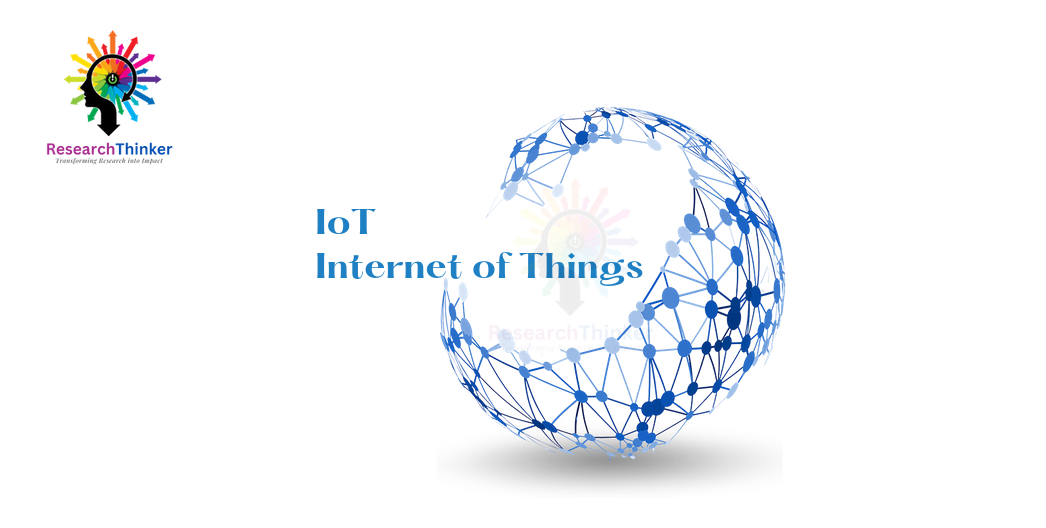eSIM IoT
The Internet of Things (IoT) has revolutionized the way we live and work, from smart homes to connected cars and everything in between. One critical component of IoT devices is the SIM card, which enables devices to connect to cellular networks and transmit data.
However, the traditional SIM card has its limitations, such as physical space constraints and the need to replace them every time you switch carriers. This is where eSIM (embedded SIM) comes into play, particularly in IoT.
eSIM is a technology that allows users to remotely activate and manage a SIM card without the need for a physical card. Instead, eSIMs are embedded directly into devices and can be programmed and reprogrammed over the air, without the need for a physical swap. This technology has significant advantages for IoT devices, particularly those that are deployed in remote or difficult-to-reach locations. The primary benefits of eSIM for IoT devices include:
Increased Flexibility: eSIMs offer greater flexibility than traditional SIM cards. Users can switch carriers or plans without needing to physically swap out the SIM card. This is particularly beneficial for IoT devices that may be deployed in remote locations or require a high level of security.
Space-Saving: eSIM technology allows for smaller and more compact IoT devices, as there is no need to allocate space for a physical SIM card. This is particularly beneficial for IoT devices that require small form factors.
Reduced Costs: By eliminating the need for physical SIM cards, eSIM technology can reduce costs associated with shipping and handling, as well as the cost of replacing SIM cards due to damage or wear and tear.
Increased Security: eSIMs can be programmed to include secure authentication measures, such as encryption and digital certificates. This provides an added layer of security for IoT devices, particularly those that are used in mission-critical applications. eSIMs are particularly well-suited to the needs of IoT devices, where flexibility, space-saving, and security are critical factors.
For example, eSIM technology can be used in smart homes to enable connected devices such as thermostats, lights, and security systems to communicate with each other seamlessly. Similarly, eSIMs can be used in connected cars to provide real-time updates on vehicle status, location, and driving habits.
eSIM technology offers significant advantages for IoT devices, particularly in terms of flexibility, space-saving, cost reduction, and security. As the IoT continues to grow and evolve, eSIM technology is likely to become increasingly important, enabling the development of new and innovative applications that can benefit from the advantages of this technology.





